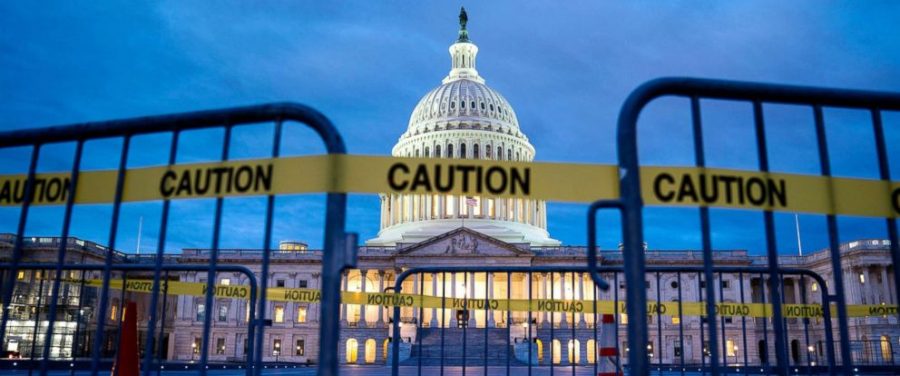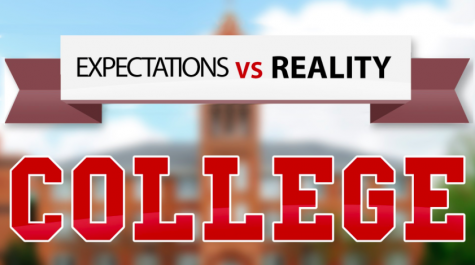Government Shutdown: What You Need to Know
With this government shutdown being the longest in U.S. history, it’s no surprise that it has significantly gathered the attention of the masses. A government shutdown typically happens when Congress is unable to pass certain legislation to set funding plans for many government run programs and agencies. Particularly, in a shutdown many federal agencies must not conduct any non-essential actions until there is a set plan passed into law. There are a total of twelve bills that have to be signed into law by the president, which can be signed in “minibuses,” which are bills that are placed together and signed all at once. These plans consist of the amount of funding with which the government will provide to these programs in a full year. Until these bills are passed into law, many government programs will only be able to perform “essential” actions, such as public safety, until they have the amount of funding planned out for them. Many of these programs, however, have been operating on continuing resolutions, which basically extends the amount of money in the budget for them to operate. This shutdown in particular was a partial shutdown in which some programs were still able to function compared to a total shutdown where no services are able to function at all.
What does this mean for federal employees? A number of government employees are unable to get paid for performing their jobs. A rough amount of about 380,000 employees are estimated to be affected by this shutdown. Many of these employees get furloughed, or temporary leave from their jobs, until a compromise is reached and Congress is able to pass the bills that guarantee their pay. Although many take temporary leave, they experience a direct negative effect because they are unable to receive their pay until the shutdown ends. The agencies that were affected in this most recent shutdown are the Homeland Security, the Justice Department, Agriculture Department, Treasury, State, Interior, Transportation, Commerce, and Housing and Urban Development. Even with these services still up and running, there were still certain duties that they could not fulfill. Many employees were either forced or chose to work in these areas even if they were not being paid.
Government shutdowns seem to cause more harm than good in the economy. Since payment is not ensured, many contractors of companies tend to put premiums on their bids which costs the government more money. Even though many government employees are furloughed, there is still the certainty of receiving the pay that they did not make, but it would still be costing the government more to make up for it. For example in the 2013 government shutdown, there was an estimated 2.5 billion additional dollars spent in providing benefits and pay to the employees that they had not received, as well as about 10 million dollars for lost fees and penalty interest payments.
This recent shutdown occurred for thirty-five days, lasting from Dec. 22, 2018 until Jan. 25, 2019. Many were surprised to view this recent shutdown as the longest shutdown in U.S. history. The main reason for this shutdown stems back to President Trump’s intent on heightening ways for border security, which involved the use of money to create a wall near the Mexican-American border. With several disputes occurring, there has not been a clear compromise that ensures that another shutdown is not yet to come. The president demanded five billion dollars in order to create a physical border, while a significant amount of Democrats have stated their stance and do not support the building of said wall. The continuing resolutions that has been set by the Congress to buy some time on the issue runs out on Feb. 15th and, from there, there are many speculations that the government will be in another shutdown.
The only ways to avoid a government shutdown is to place continuing resolutions or to pass the bills into law that state the specific funding for government run programs. Currently, many programs are still running on continuing resolutions. In this shutdown in particular, there should be a compromise made between the president and Congress in order to finish the funding plans for this year and sign the bills into law. Once the government is completely up and running, the programs should operating as usual.
Source:
https://www.washingtonpost.com/graphics/2018/politics/government-shutdown-faq/?noredirect=on&utm_term=.c5daee315a01

Q: What's your favorite food and least favorite food? Would you switch them for a day for $1000.
A: I love my mom's spaghetti and I hate mushrooms....








